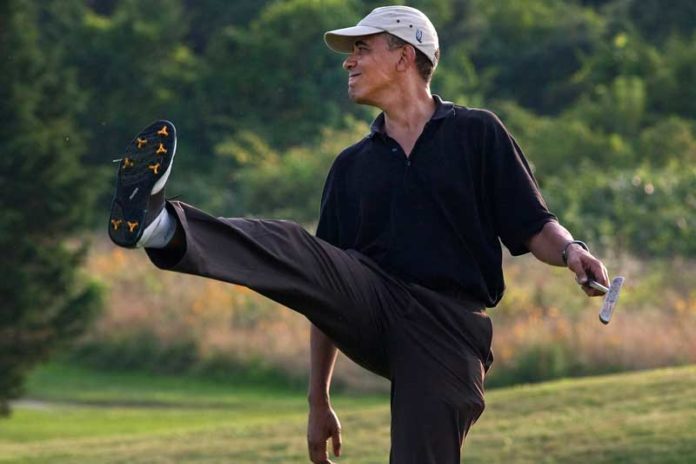The U.S. economy created 295,000 jobs in February, dropping the unemployment rate to 5.5%–the lowest its been since 2008, before the economic collapse.
But despite these numbers looking rosy on the surface, the fundamentals of our economy remain weak–largely because no one wants to work anymore.
And worse, as of February, our workforce participation has dropped even further–continuing its streak of hovering near historic lows. Based on the last few months of data, the workforce participation rate shows no sign of improving any time soon either.
As of now, workforce participation stands at a pathetic 62.8%.
That means, of the 250,000,000 Americans that could conceivably be in the workforce (Americans over the age of 16), only 147,000,000 are. More than 93,000,000 Americans of working age don’t have a job, and aren’t even bothering to look for one. They’re unemployed, but they’re not counted in the unemployment rate.
A 62.8% workforce participation rate isn’t just a bad number. It’s a historically bad number, just 0.1% off of the all-time low, a record which was set in 1978 at the height of Jimmy Carter’s “malaise” era of economic dysfunction.
As troubling as the low workforce participation rate is, it’s important to realize the economic repercussions. A 5.5% unemployment rate looks good on paper–but that low number is partially due to more Americans leaving the job force in February.
When 37.2% of Americans have given up looking for a job, or simply don’t want to work, even a 5.5% unemployment rate doesn’t signal a booming economy. Workers continue to be discouraged and demoralized by the Obama Recovery.
While the February employment numbers signal a cautiously optimistic direction overall, it’s important to remember that we’re not out of the woods: the economy has not bounced back yet.





























